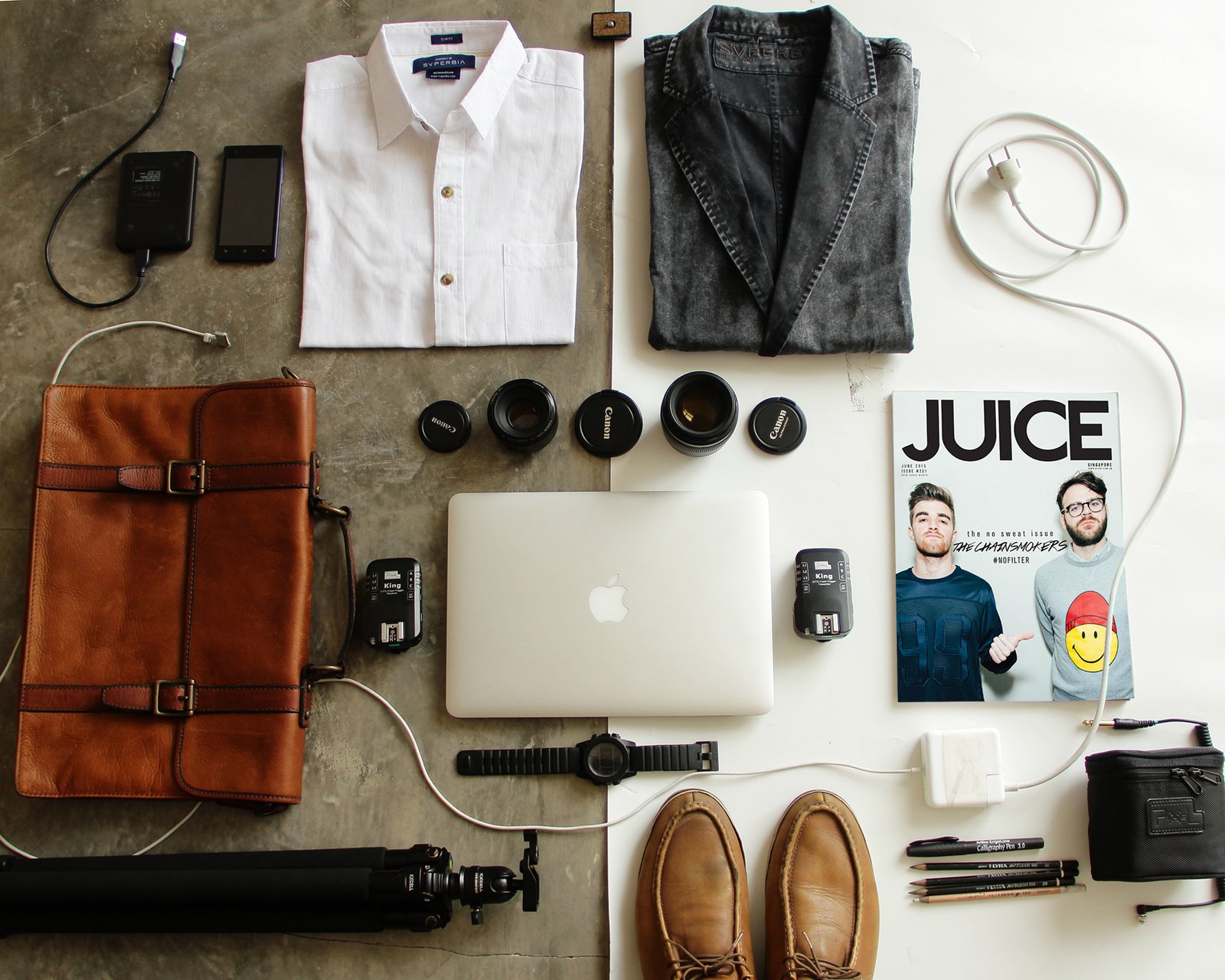Things to Pack for Korea
Things to Pack

Pack Light!
- We recommend you only bring a light load of clothing and essentials with you to Korea. You can pretty much find most of items you will need in Korea.
- You will eventually be leaving Korea. The more you bring, the more you’ll have to take with you or get rid of when you leave. And you’ll shop a lot in Korea.
Items to Pack
- Digitally Scanned and Printed Copies of important documents as passport, diploma, other photo ID. These copies become invaluable if you ever lose your passport, or misplace your Alien Registration Card (ARC). Storing the scanned copies onto your Cloud storage before departure should be a good backup.
- Business Casual Clothes for work. Please refer to Dress Code article for packing idea at Korea ESL School’s Dress Code
- Be sure to pack appropriate Clothing for All Four Seasons. Korea has four distinct seasons. Autumn and spring are mild and sunny, so comfortable clothes should be fine. Summer is hot and humid, so bring some cool, summer clothing and a swimsuit. Temperatures below freezing are common in the winter, so you should be prepared to bundle up with winter coat, gloves, hats, scarves, etc. Please note that you can buy necessary clothes that are more suitable for the weather here so pack wisely and lightly.
- Bring Your Sized Clothes if you are Extra Larger or Taller than the average person.
- Bras and Underwear. you may be difficult to find depending on your size and build. Korean sizing typically looks like young girls, one-size fits all or grandma sizes.
- Bring Shoes for all occasions if your shoe size is 8+ (women) and 11+ (men).
- Sheets of your preference. Be sure to inquire with your school what size your bed is.
- Deodorants! Koreans don’t use deodorants!
- Feminine products of your specific preference as Tampons, Hair, Skin products. But you are also going to come across tons of popular Korean beauty products too!
- If you are taking Prescribed Medications as Birth Control, Thyroid Medication, Antidepressants, recommend to bring a year’s supply.
- Bring a bottle of Tylenol or Advil or Ibuprofen or Zyrtec or Melatonin whatever you need. You can find these (except Melatonin) easily at a local pharmacy but expensive in small quantity units. Melatonin is a prescribed medication in Korea.
- Power AC Plug Adapter for your electric appliances and a Power Strip.
- Backpack for intermittent trips.
Items to buy in Korea
- Bulky Stuffs like Sheets, Comforters, Pillows, Bath Towels
- South Korea uses 220 volt outlets. If your electric appliances use different volt outlets, as Power Converters are usually heavy, we recommend you buy good power converters at stores like Home Plus or emart in Korea for about 50,000 won or $50.00 after arrival. Make sure to bring a power strip if you have numerous items.
- Hair Dryers, Flat Irons, and Curling Irons might short out power converters and can be easily malfunctioning or broken when used in different counties. You better buy them in Korea locally.
- A Mattress Pad that bolsters the softness on top of the Korean bed and that can be used as a extra bed for your guests.


